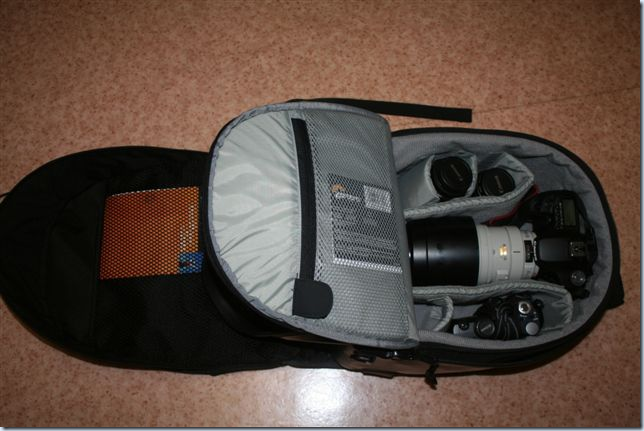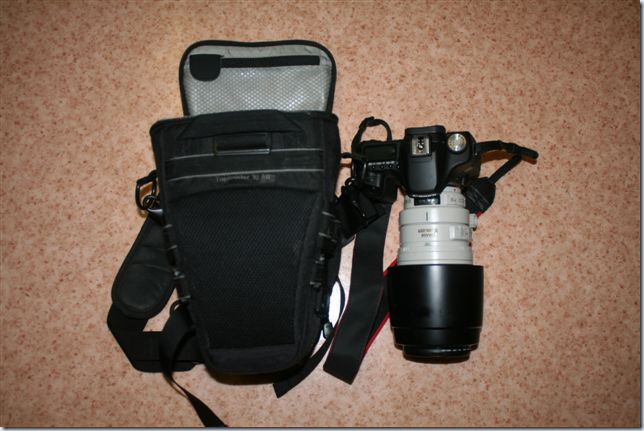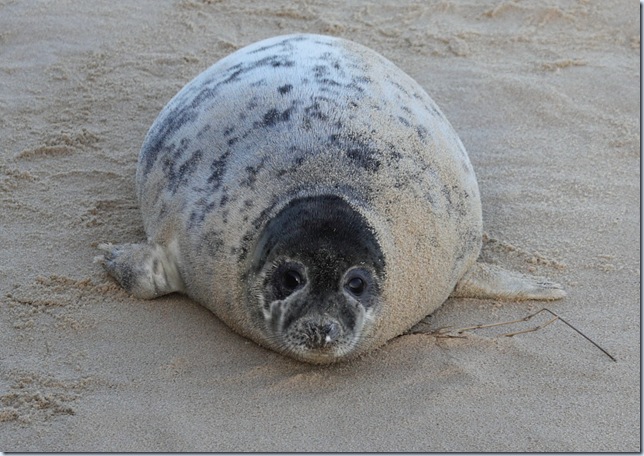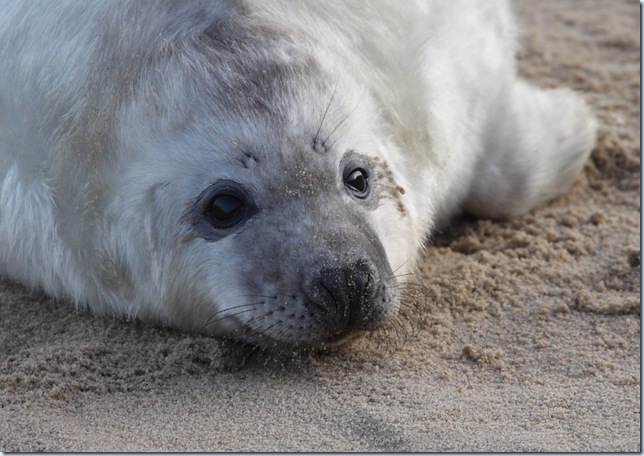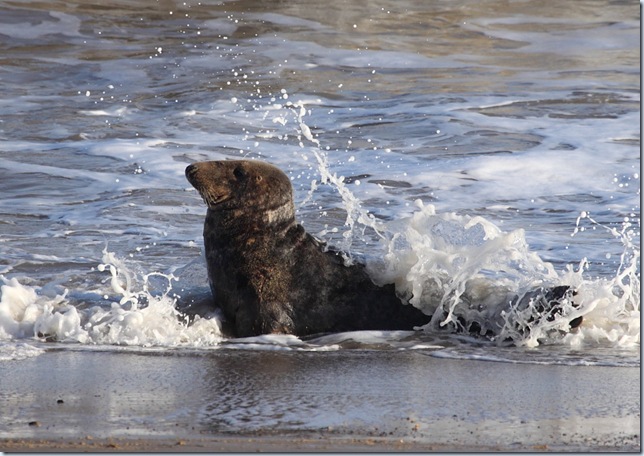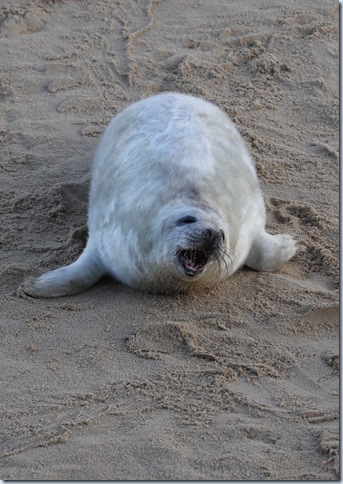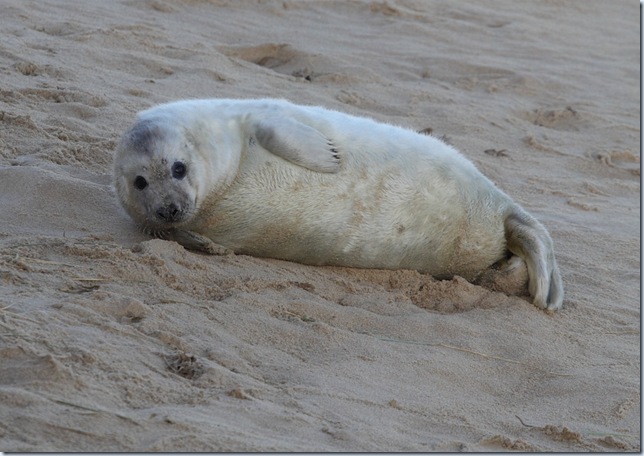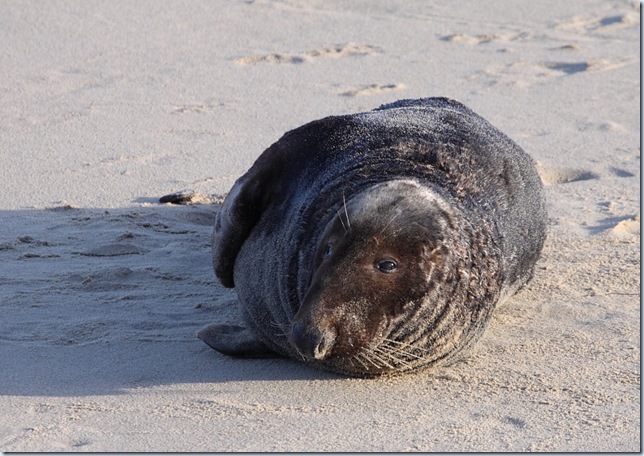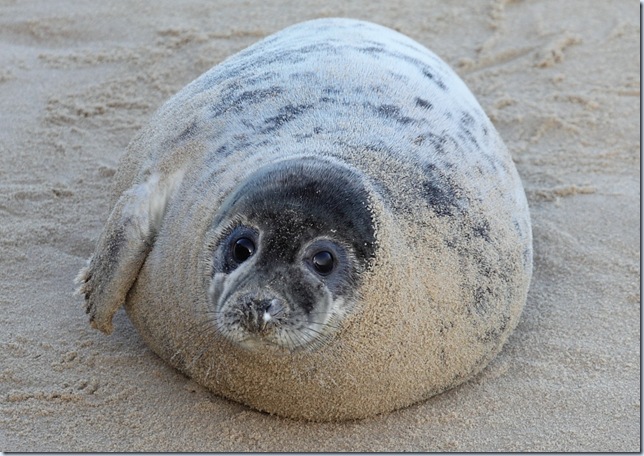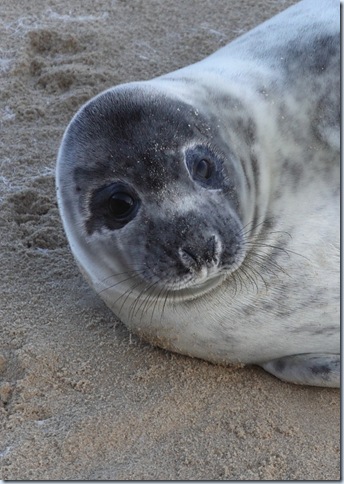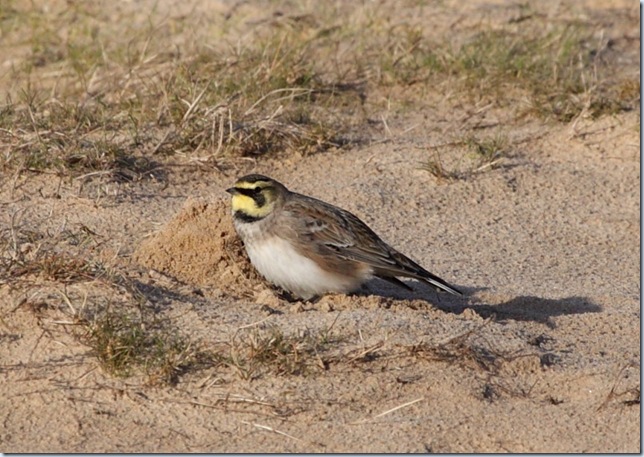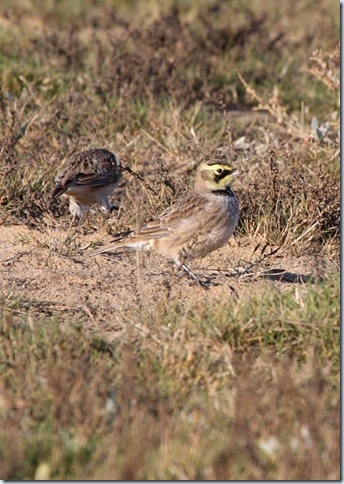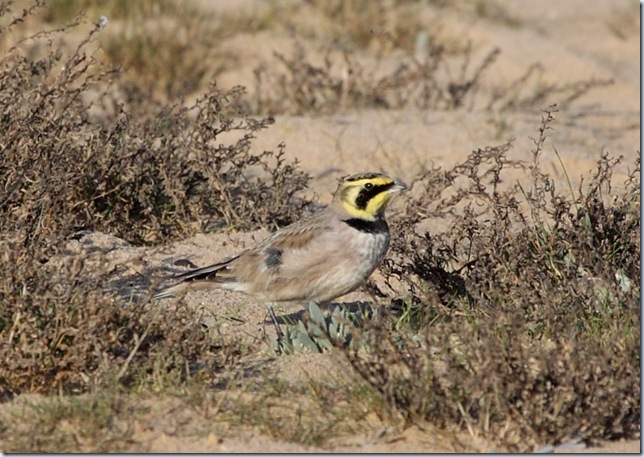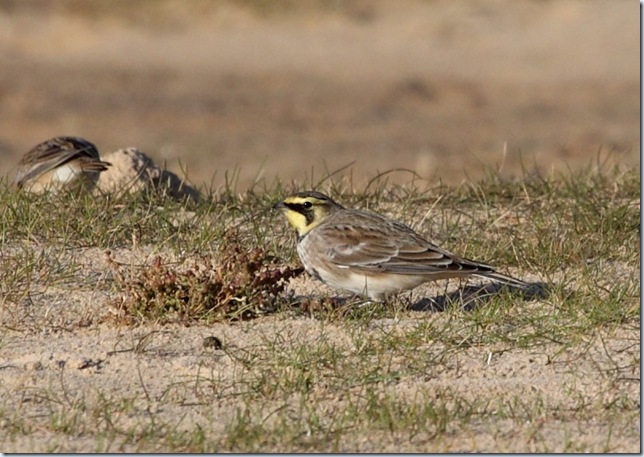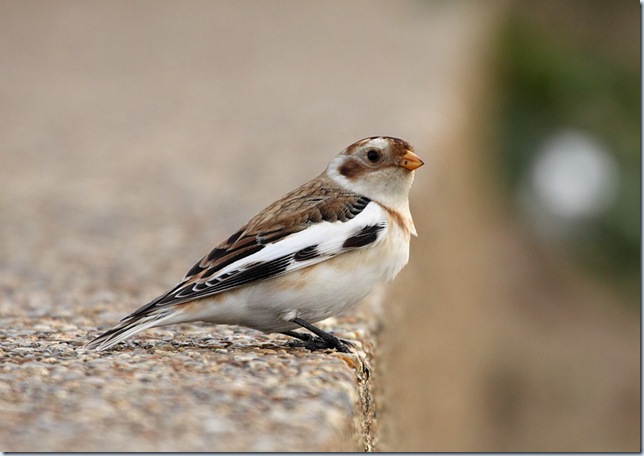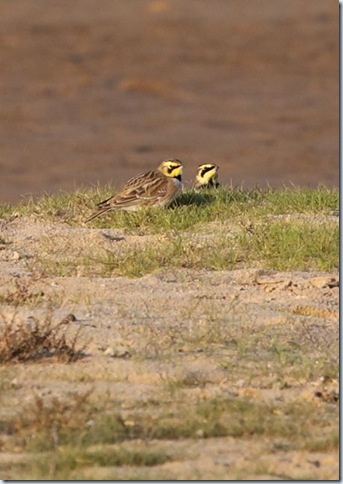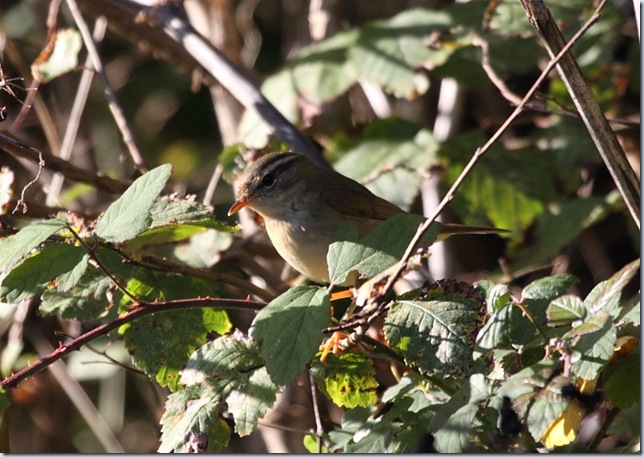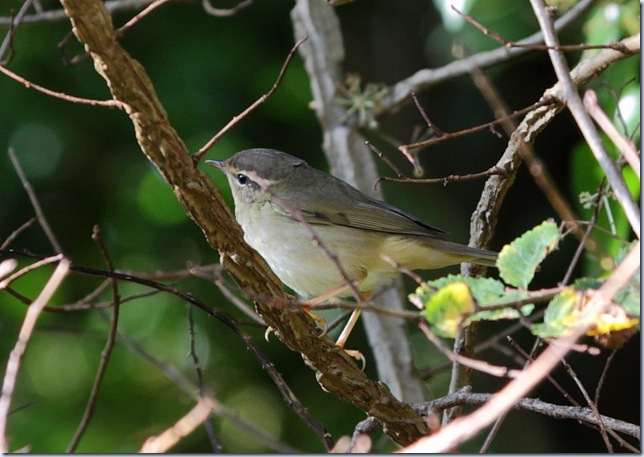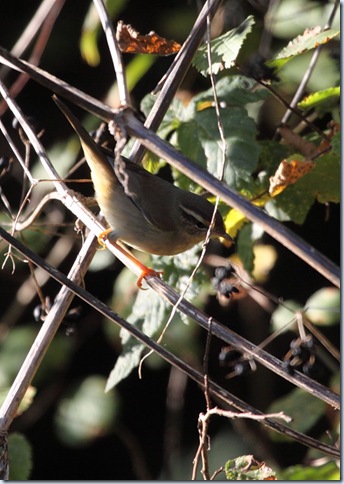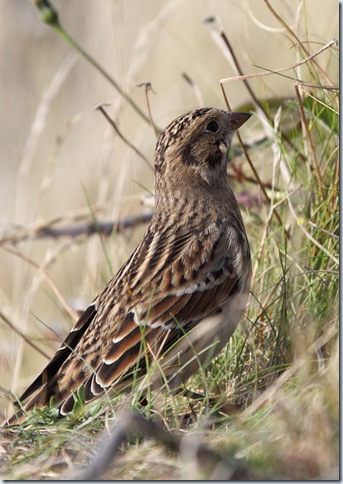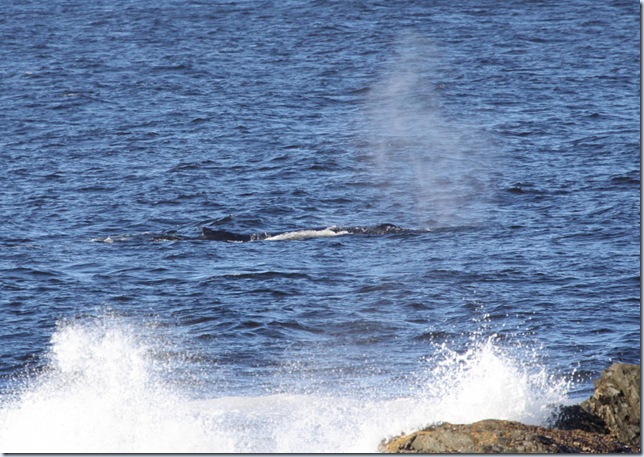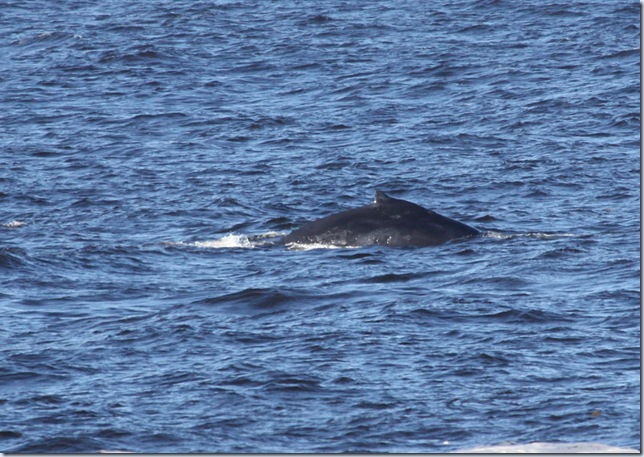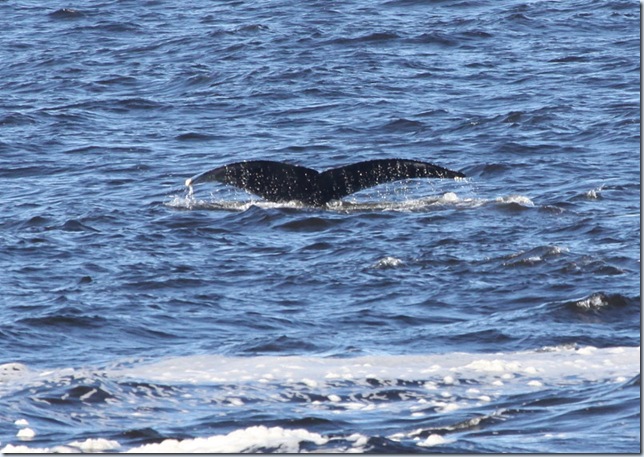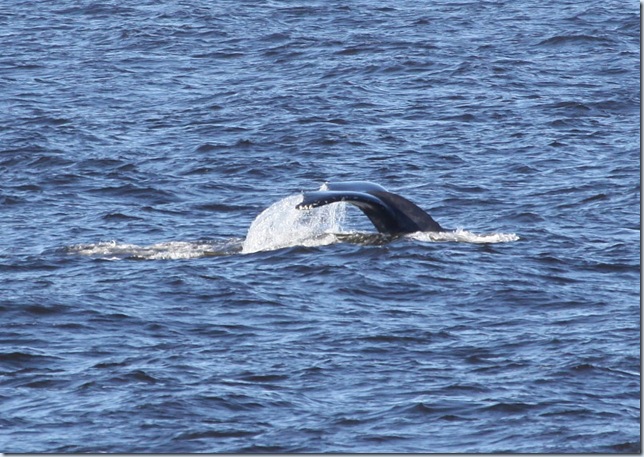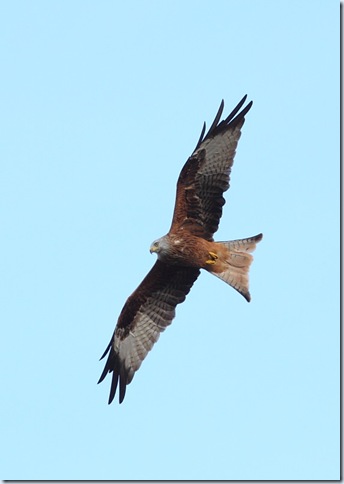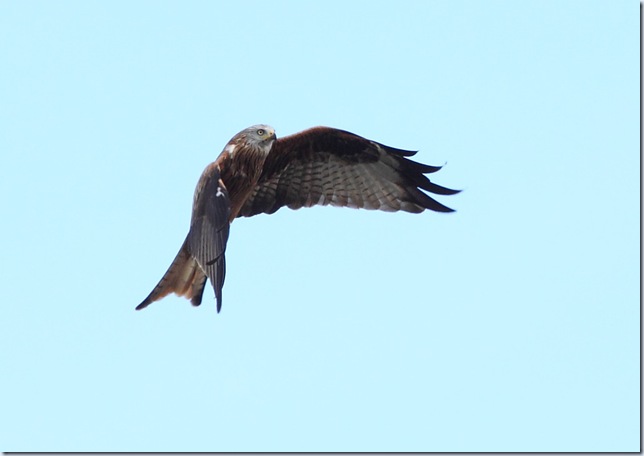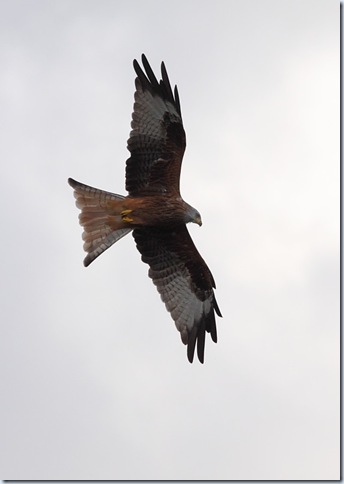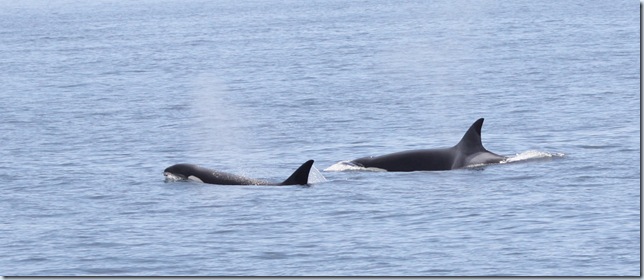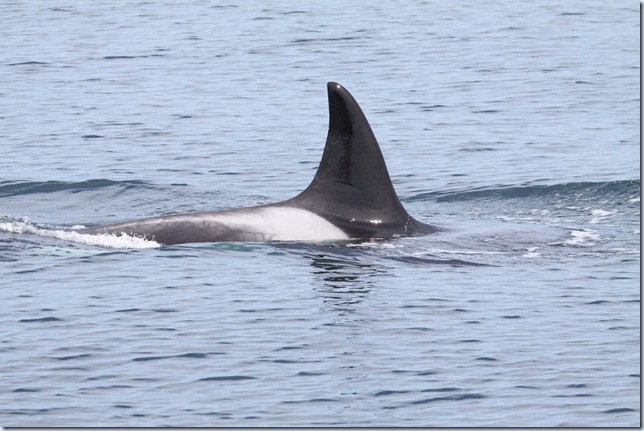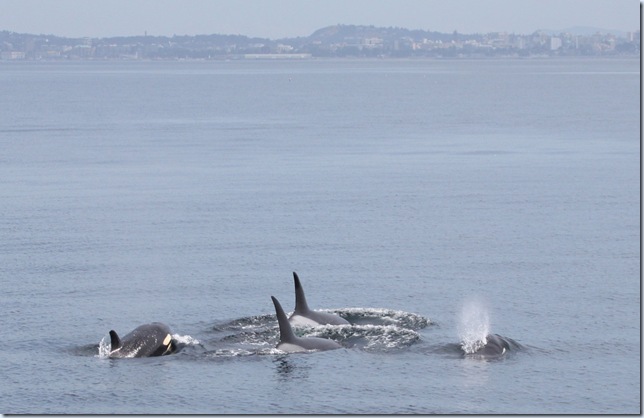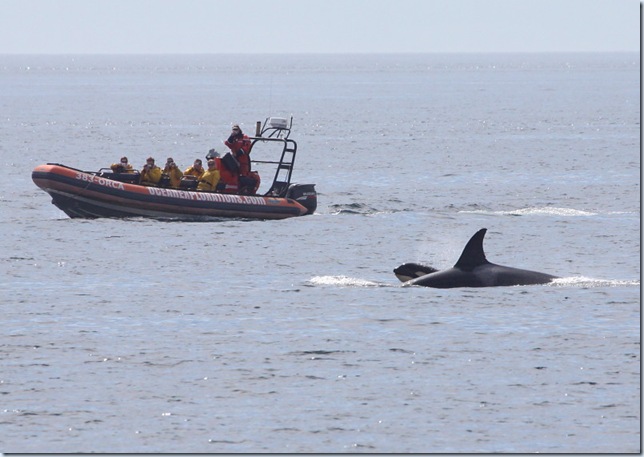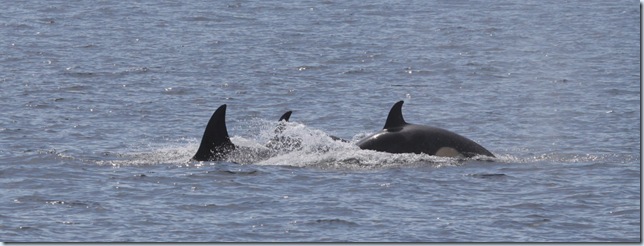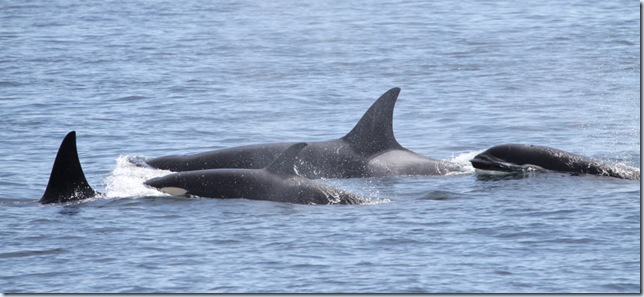Thursday 31 December 2009
Good luck for the first weekend of 2010!
Best wishes for the year ahead,
Suzanne xxx
Wednesday 30 December 2009
Two Lowepro Camera Bags For Sale
As the title says really… For either of these, the buyer can collect from either NE London or Norfolk, or pay postage to a UK address at cost. Leave a comment if you’re interested!
First is a Lowepro Dryzone 100 (black and grey, not the garish yellow version!). In addition to all the usual Lowe padding to protect your gear, this one is completely waterproof and will even float when fully loaded! It’s suitable for an SLR and 3-5 lenses and is in mint condition, barely been used at all.
Photo illustrates the size with a Canon 50D and 100-400mm lens fitting in comfortably, plus two additional lenses, a compact camera and room to spare.
These are selling new for £170+ (over £200 on Amazon currently) – asking price £90 ono.
Next up something smaller and simpler – a Lowepro Toploader 70 AW. This will just fit the 50D / 100-400 combination snugly, or a smaller combination. This bag has seen a bit more use, showing some minor wear to the shoulder strap, but still in very decent condition.
Selling new for about £50 – asking price £25.
Monday 28 December 2009
Norfolk swansong, and a new London Birder…
 There were around 120 Bewicks…
There were around 120 Bewicks… 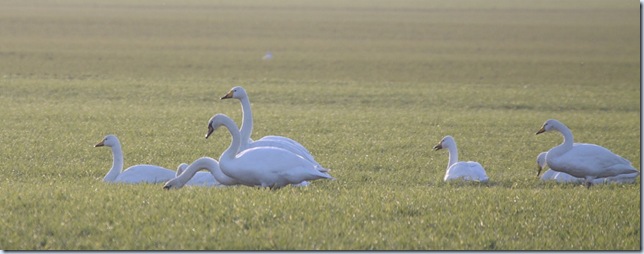
… and a few Whoopers – I counted 13 in a cursory scan.
I was joined in the car by a new birding colleague, somewhat diminutive in stature, and apparently answering to the name of Robin. My Mum and her ever-clicking knitting-needles are to blame. I think he’s more likely to be seen keeping an eye on my garden, rather than joining me on any long-distance twitches… but you never know!

PS... if anyone really likes him, the pattern is here! http://www.alandart.co.uk/products/product/16
Grey Seals in east Norfolk
Spent a bit of time this morning taking a few photos of the Grey Seal colony on the beach at Horsey. There was a staggering number of people there, it seems to have become a commercial venture now with a burger van in the car park, and a ‘seal shuttle’ bus to carry people a few hundred yards to see the animals. If you want to enjoy them in peace and quiet, then a sunny weekend is apparently not the time!
Anyway, rant over – here are some of the photos.
Sunday 27 December 2009
Post-christmas birding: Aythyas and Ansers
Yesterday's trip up to the north coast produced excellent views of the Snow Goose again, just off the coast road towards Choseley. For a change, it was the closest bird to the road... but compensating for this helpful positioning, spent 99% of its time asleep! A few photos were grabbed when it briefly stirred, of which this is the best.
Today I've been around Broadland, starting with the drake Ferruginous Duck at Barton Broad. It showed very well from the boardwalk at the southern end, with about 15 Pochard, some Tufties and a few Goldeneye. Generally holding its tail flat to the water, the white undertail was rarely visible, but the characteristic ski-slope head and bill profile, and pearly white iris were pretty obvious.
Next stop was Wroxham Broad, looking for the returning female Ring-necked Duck, and for yesterday's Velvet Scoter. The scoter is probably a rarer bird inland, but had apparently done a bunk, and after 90 minutes searching, it seemed that the Ring-necked may have done the same. However, a welcome phonecall from Tim brought us back to the site to see the bird showing pretty well near two wooden chairs on a small pontoon. Another distinctive Aythya headshape noted (peak very much to the rear of the crown), together with a banded bill, face pattern with eyering, and prominent sticky-out tail. Another spot of dodgy digi-scoping illustrates...
Monday 21 December 2009
Twitching is over-rated: discuss!
Yesterday’s trip was somewhat unsuccessful. That may be an understatement, I suppose. In short, I went looking for the white-phase Gyrfalcon in Glamorgan, on my own, and didn’t see it. Didn’t see much else either. Weather was absolutely perishing, air temperature just above freezing, but wind-chill driving it well below. Cost: about 8 hours in the car, 6 hours freezing my balls off, about £45 in diesel and a fiver on some rather average sausage rolls and motorway service station coffee.
By contrast, Jono was very pleased with a flyover Goosander and a few weather-driven Snipe and Lapwing on his recently rejuvenated London patch, as >this< suggests. He didn’t even take the car out of the drive. One possible conclusion suggested is that “twitching is over-rated”. Although I suspect this is at least partially tongue-in-cheek (coming as it does from someone who’s twitched more than once or twice this year), it got me thinking.
- After three / four / five hours standing on a freezing cold lane in the middle of nowhere, why didn’t I give up?
- When I finally got home last night, why wasn’t I completely p*ssed off?
- If the Gyr returns and starts showing again, why would I seriously consider repeating the whole trip, despite yesterday’s events?
- Why was I not particularly excited by Goosanders, Lapwing and Snipe in Wanstead? After all, they’re rare birds as well, in a different context.
Simple: because if the falcon had shown up, perhaps taken a Golden Plover out of the sky in front of me, tangled with one of the local Peregrines, or just rocketed straight past, I would’ve left with an amazing memory, never to be forgotten. On that day, I wanted to see that bird more than anything else I could seriously consider seeing or finding closer to home. Conversely, if I’d considered making the trip, but not gone and found out it had been there, then I would’ve been annoyed. A massive, Gyr-shaped opportunity wasted. Maybe wait another five years for another twitchable one.
So, in a happier alternative reality, what if I had seen it? I certainly would’ve phoned the people who turned down a lift, and picked up a strong hint of jealousy, I guess. “I can see Lapwings just about anywhere”. “There will never be a Gyr on my patch”. And maybe those conversations would’ve led me to joyfully blog “Patch-watching is definitely over-rated”?
I hope not, though. Because neither of them is over-rated, nor under-rated. They’re just different… and so it’s no surprise that different people love or hate them to a variable extent.
One of the clear differences is how socially acceptable the two activities are in general birding circles. Lots of people think they know all about twitchers, and their mental image is typically not favourable – the stereotype usually features someone loud and very dim who can’t identify anything and has no regard for anyone else’s property. (And, as the law of averages dictates, I can think of some who fit this pretty well). Conversely, patch watching has a very wholesome image – the dedicated local who checks the same little inland lake and acre of scrub every day, delighted by the odd Whinchat or even a BB rarity… after fifteen years of trying.
(Or maybe they’d actually miss the rarity, not knowing that the innocuous ‘tek’ call sounded like a Dusky Warbler, while a ‘filthy twitcher’ like me might have stopped in his tracks having learned the call given by several birds found by other people.)
I intend to spend much more time checking a couple of promising and under-watched local sites next year… but to be honest, the idea of doing nothing but this, every single weekend, and every summer evening, fills me with horror. Perhaps it’s because I spent my formative birding years in Norfolk, and I’ve been spoilt by lots of great birds on nearby sites. Perhaps it’s because I’d miss the variety of seeing new bits of the country. Perhaps it’s because I’d be very unlikely to see a new bird, and learn a bit more about it. Perhaps it’s because I wouldn’t randomly bump into friends and chat about where they’ve been, and what they’ve seen. (For instance, yesterday’s fellow falcon-dippers, Mick and John – that feeble gag about needing a ‘gyroscope’ is still raising a smile!).
But conversely, I wouldn’t want to repeat yesterday’s marathon dip too often, either! I’d miss the opportunity to wander around aimlessly looking and listening for whatever’s out there, with no expectations or demands; the opportunity to monitor trends in bird numbers at a favourite site; the camaraderie with other local birders down the pub; the amount of cash needlessly converted into diesel and Ginsters pasties.
~
So, after a rather unstructured and lengthy brain-dump… what’s the point? Well, I guess it’s this: birding is all about variety. It can be many things to many people, according to whatever they enjoy, or they feel like doing on a given day. If you enjoy whatever another birder is doing, well, that’s great. Tell them. If you don’t, whether they’re ringing, garden feeder watching, twitching, world birding, local patching, county listing, cormorant studying, RSPB reserve volunteering, whatever… just let them get on with it. They’re quite happy enjoying their birds just as they are.
Monday 14 December 2009
Sunday 22 November 2009
All the S’s…
Finally got the yearlist rolling again this weekend, with a couple of decent local birds.
I made a later-than-usual start yesterday morning – this was associated with the fact that I’ve just passed six years in my current job, and a small celebratory trip to the pub became a rather larger event than planned on Friday night… A few of us enjoyed a superb meal at The Don in the city – recommended for a special occasion.
Anyway, when my head had recovered sufficiently, I headed out to Abberton to see the Spotted Sandpiper in Peldon Bay. Everyone knows Abberton is pretty large, but this bird must have chosen just about the furthest point from any access – right out on the eastern edge. (Approx TL996184, c20 minutes walk clockwise around from the dam). The sandpiper is relatively skittish, but shows well from sensible distance – features noted included strikingly bright yellow legs, plain tertials, short tail barely extending past the primaries, and a pale pinkish base to the bill. Obviously this stunningly sharp photo shows all that and more…
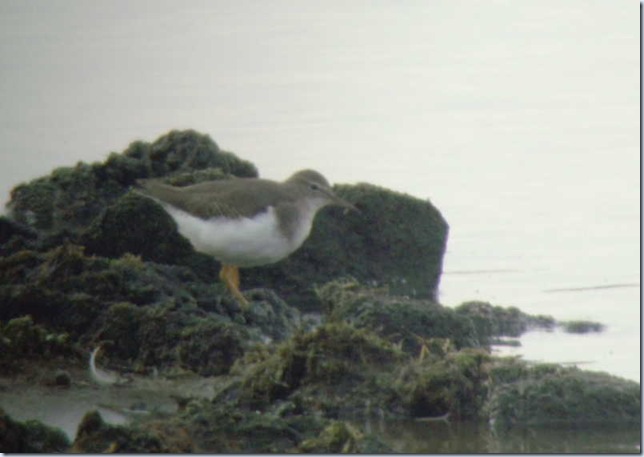
After studying this for a while, I headed down to Rainham on a Serin hunt. In the last couple of hours of daylight, I couldn’t find one. Happily, though, a return visit this morning produced two birds, showing quite well at times. For anyone thinking of visiting, they’re frequenting the west end of the reserve, just around the NE side of the tip. More top quality photos illustrate the brighter of the two:
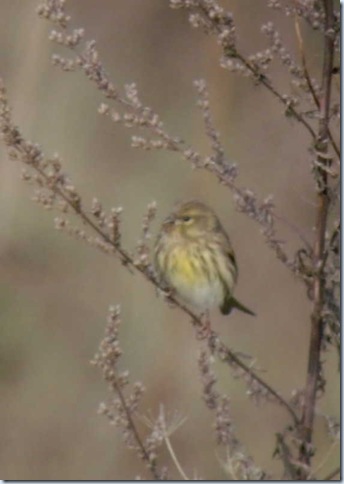
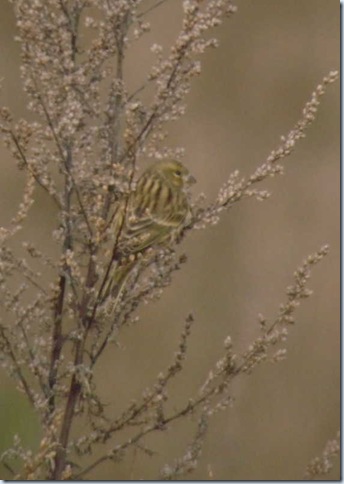 As is often the case with a decent bird at Rainham, it presented an opportunity to catch up with a few friends from around the area: I enjoyed chatting to Adrian, Steve and Tony, and then a gossip with Howard back at the visitor centre over a mean sausage sandwich!
As is often the case with a decent bird at Rainham, it presented an opportunity to catch up with a few friends from around the area: I enjoyed chatting to Adrian, Steve and Tony, and then a gossip with Howard back at the visitor centre over a mean sausage sandwich!
Thursday 19 November 2009
Shore Larks, Holkham Bay
I made another return visit to Holkham on Sunday afternoon, since Dad hadn’t seen the ever-increasing Shore Lark flock yet. No great hardship – they’re cracking birds, and all the more welcome having been very scarce in the last couple of winters.
Photos are still not as good as I would like (i.e they’re not really sharp), but they’re heading in the right direction! The problem is getting there when there isn’t anyone else around – while taking these, I was sure I could get closer without disturbing the birds, but as soon as anyone else turns up, you can guarantee they’ll either:
a) Walk straight up to you and bellow “Any sign of the Shore Larks?” as they fly off into the distance, or
b) Set up a scope and tripod 300m away and make a series of loud remarks about “bloody photographers, always getting too close” while the larks amble around contentedly.
Anyway, enough of the ranting – here are some photos!
PS – since several people have asked me where these birds are… see the red circle on >this map<.
Sunday 8 November 2009
Winter’s coming, but the year-ticks aren’t…
Shock, horror! That’s two weekends in a row with no new birds for the year list. Stuck fast on a measly 309, despite our best efforts today.
First stop was a look for the Dusky Warbler at Gunton on the edge of Lowestoft – we gave this about three hours before giving up, though suspecting the bird might still be lurking in the vicinity. A male Dartford Warbler showed pretty well, calling frequently. Some of the birders present could even hear it. Sadly, our suspicions were proved correct when the warbler was reported again about two hours after we’d left. “Bother!”… or words to that effect.
By the point of botheration we’d reached Holkham, where JL was oddly keen to see a white goose. We’d seen hundreds being fattened up for Christmas along the journey, but apparently these weren’t any good?! After we heard that the bird was still present, Mr L was out of the traps towards the Washington hide like a Whippet leaving me staggering under the weight of his hot drink supplies. Fortunately, when I caught up, the white morph Greater Snow Goose was still showing well. An escape, obviously. Unlike the one I saw the week before, which was clearly wild. Oh, who cares… it was pretty smart, and a few thousand wild geese are a superb sight and sound anyway.
Next stop, Holkham Bay, looking for Shore Larks. We’d both seen one a week or two earlier, but they’re great birds that have been in short supply in recent winters. We found eight pretty easily, on the saltings about 1/2 mile east of the gap, just south of the creek that runs east/west. Cracking birds, though less photogenic than the Snow Bunting, seen at Gunton earlier.
Finally, we headed back east to Cley, hoping that the recent American Golden Plover would grace the reserve to roost at dusk. Sadly, this wasn’t to be, and late news of the bird from Blakeney harbour didn’t help. Still, I love this part of Norfolk on still autumn evenings as the sun goes down. At least three Marsh Harriers floated above the reedbed calling to each other, periodically spooking the massed duck and waders – hundreds of Teal, Wigeon, Lapwing. We helped a couple of people see Water Pipit, Spotted Redshank and, much to their delight, a ghostly Barn Owl hunting in the gloom pretty close to us.
Who cares about a ridiculous tick-list anyway?
Saturday 24 October 2009
Some Scilly Pics – Radde’s Warbler & Lapland Bunting
Got back yesterday from what must’ve been one of the quietest weeks on Scilly in living memory. The islands remain a beautiful place to wander, but ultimately as a birding holiday, it was rather poor. We worked pretty hard to find whatever was out there, but came to the conclusion that there really wasn’t much to be found… indicator birds from the east (like Yellow-browed Warbler) were very thin on the ground, there weren’t large numbers of common ‘carrier species’ (finches, thrushes, etc) to be searched through, and there wasn’t even a hint of an American. Time to consider some different options for next year, I think.
However, I did scrape my 400th British bird with a couple of calling flyover Red-throated Pipits, and I came away with a few pleasing pics of a couple of scarce birds: a rather showy Radde’s Warbler was superb at the foot of Sandy Lane near Holy Vale, and a ridiculously tame Lapland Bunting was pretty awesome on Tresco, less than 2 feet away.
Wednesday 7 October 2009
Canada: Gray Whale
One of the highlights of the entire trip came on the west coast of Vancouver Island, just outside Ucluelet. Early morning, we were wandering along a stretch of the Wild Pacific Trail , enjoying the stunning scenery in what feels like ‘the end of the world’. I’d stopped to look at some warblers and sparrows for quite a while (nothing new there!), when a German couple came past. They asked if we were whale watching… and then a moment later casually pointed out a large whale surfacing only about 100m offshore! Initially we thought it was a Humpback, but after watching it for about 15 minutes and speaking to an expert at the local visitor info centre, we’ve revised the ID to a Gray Whale – a relatively common species off the Island.
The animal’s behaviour was almost completely predictable after a while (though no less impressive for that). It would surface and ‘blow’ three times in pretty quick succession (showing a small pointed fin, ahead of a row of even smaller ridges along its back), on the third occasion rising a little higher up out of the water, and then diving with a prominent upward flap of the tail. It would then stay down for about 2-3 minutes before repeating the same sequence. The photos aren’t amazing… but it’s not exactly an everyday sight in the UK!
Tuesday 6 October 2009
Chilterns Red Kites
After JL and I (eventually) located the drake Lesser Scaup at Draycote Water in Warwickshire on Sunday morning, and then failed to relocate an Aquatic Warbler, we headed back to London via the M40 and the apparently thriving population of Red Kites around Stokenchurch. We didn’t give it that long, and the light wasn’t ideal, but still got a few reasonable photos – see below. All of these were taken from the end of a cul-de-sac in a housing estate with kites wheeling around over people’s gardens… lucky folk!
I want to give the kites some proper attention with a return visit in a month or two, preferably on a sunny blue skied day… watch this space!
Monday 5 October 2009
Canada: just a few Killer Whales…
Apologies to any eagle-eyed readers who’ve noticed the distinct lack of blog activity lately: I’ve been busy at work in the week (just look up Dynamic Stochastic General Equilibrium Models if you’re struggling to get to sleep), and busy birding at the weekends (look up Zitting Cisticola at Pegwell if you want to see something only slightly more interesting!). UK Yearlist is now 296… hopefully a really good bird will double up as 300 for the year and 400 for the life list.
Anyway, the combination of a lovely bottle of Viognier and excellent free music courtesy of Spotify (check it out, highly recommended) has prompted me to post some more photos from Canada.
Not really much I can say about these: simply awesome, and worth every cent we paid to 5 Star Whale Watching for the experience. Click the link for their blog, if you want yet more photos!
